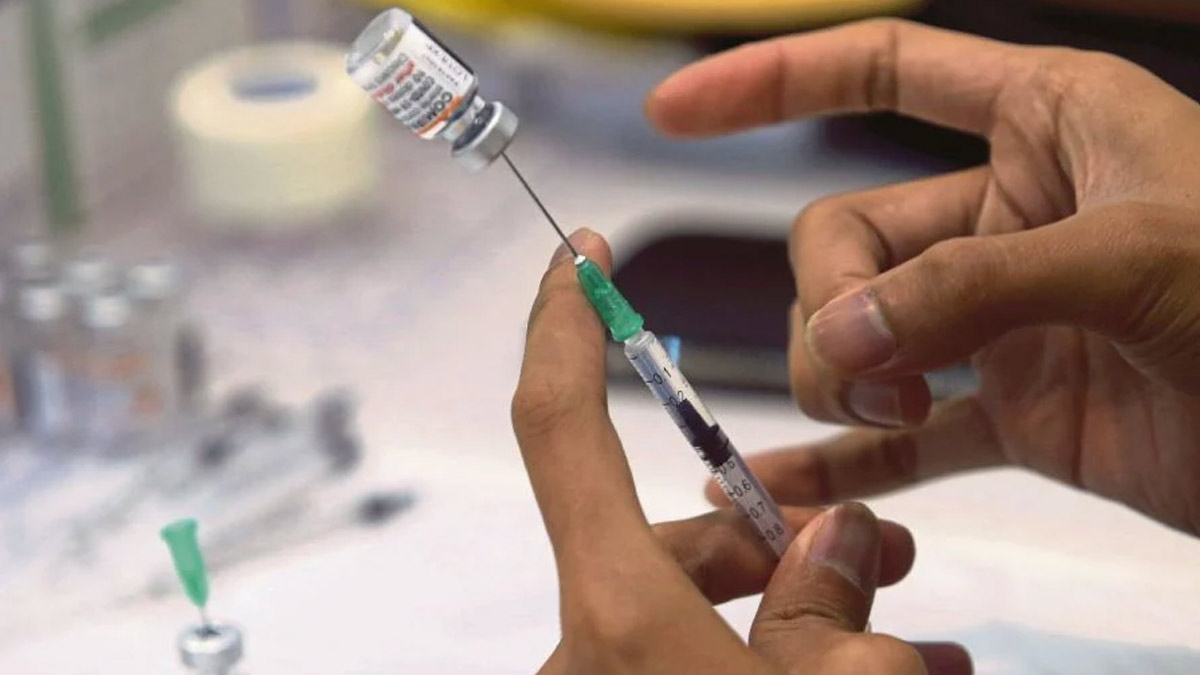
In a distressing turn of events, the western Indian state of Gujarat has reported a significant increase in deaths due to a suspected Chandipura virus outbreak. Health officials announced that the death toll has reached 48, marking a worrying escalation over the past few weeks. This surge in fatalities has prompted serious concerns among public health authorities and the local communities, who are grappling with the rapid spread of the infection.
Table of Content:-
Outbreak Statistics and Regions Affected
Gujarat’s Health Minister, Rushikesh Patel, revealed that the state has recorded a total of 133 cases attributed to the Chandipura virus. These cases are believed to be the primary cause behind the 48 deaths linked to Acute Encephalitis Syndrome (AES) reported in the last month. The federal health ministry defines AES as a cluster of neurologic disorders triggered by various pathogens, including viruses, bacteria, fungi, parasites, and toxins. In Gujarat, out of 127 AES cases reported, 39 have tested positive for the Chandipura virus.
The virus has impacted several regions within the state, with Sabarkantha and Panchmahal each reporting six cases, Aravalli and Kheda three cases each, Mehsana four cases, Ahmedabad city three cases, and Dahod two cases, among others. The widespread distribution of cases underscores the urgent need for comprehensive measures to contain the outbreak and prevent further spread.

First Reported Death and Vulnerable Population
The first death attributed to the Chandipura virus in Gujarat was confirmed on July 17, involving a four-year-old child named Mota Kanthariya. The child succumbed to the infection at a government hospital in Sabarkantha. The virus predominantly affects children under the age of 15, causing severe neurological symptoms that can lead to fatal outcomes.
Also Read: Doctor Tests Positive Of Swine Flu In Chandigarh; Symptoms Prevalent In Cases Around Chandigarh
Symptoms and Transmission
Chandipura virus is transmitted primarily through sandflies and is notorious for its severe impact on the nervous system. The infection begins with high fever, intense headaches, and muscle pain. As the disease progresses, patients may experience altered consciousness, seizures, and in severe cases, coma and death. The virus's aggressive nature and rapid progression necessitate immediate medical attention for affected individuals.
Ongoing Treatment and Preventive Measures
Currently, 54 patients remain hospitalized, receiving intensive care to manage their symptoms and prevent further complications. Meanwhile, 26 patients have recovered and been discharged. In response to the outbreak, the state has launched extensive preventive measures to mitigate the spread of the virus.
Health officials have undertaken significant efforts to control the vector population, which is crucial for curbing the spread of the Chandipura virus. These measures include dusting and spraying insecticides in nearly 500,000 homes, over 19,000 schools, and more than 21,000 Anganwadis (community centres for children and mothers) across the state. Additionally, Malathion fogging and spraying have been implemented in approximately 496,676 households and 19,862 schools to reduce the sandfly and mosquito populations, which are believed to be major carriers of the virus.
Government and Community Response
The Gujarat government, in collaboration with health organizations, is working tirelessly to address the crisis. Public health campaigns have been initiated to educate residents about the symptoms of the Chandipura virus and the importance of seeking prompt medical attention. Authorities are also emphasizing the need for community participation in maintaining cleanliness and reducing breeding grounds for vectors.
The rapid response teams are conducting door-to-door screenings and providing medical assistance to suspected cases. Efforts are also underway to strengthen healthcare infrastructure in affected areas, ensuring that hospitals and clinics are well-equipped to handle the surge in cases.
Bottomline
The Chandipura virus outbreak in Gujarat presents a formidable challenge to public health officials and the local population. With the death toll climbing to 48 and numerous cases under treatment, the situation remains critical. However, through coordinated efforts and proactive measures, there is hope for containing the outbreak and preventing further loss of life. The ongoing commitment to vector control, public awareness, and medical support will be key in overcoming this public health crisis.
Also watch this video
How we keep this article up to date:
We work with experts and keep a close eye on the latest in health and wellness. Whenever there is a new research or helpful information, we update our articles with accurate and useful advice.
Current Version